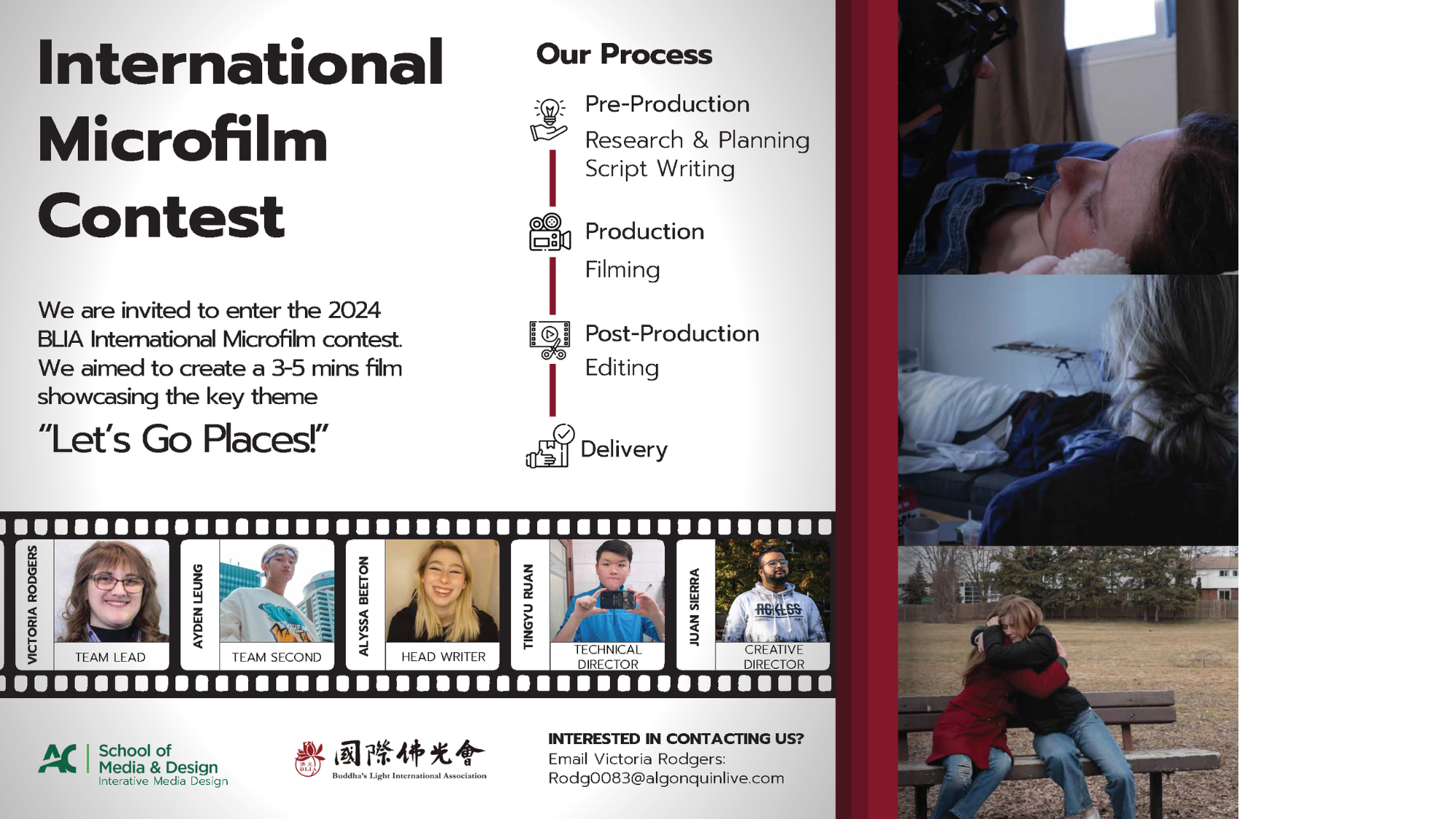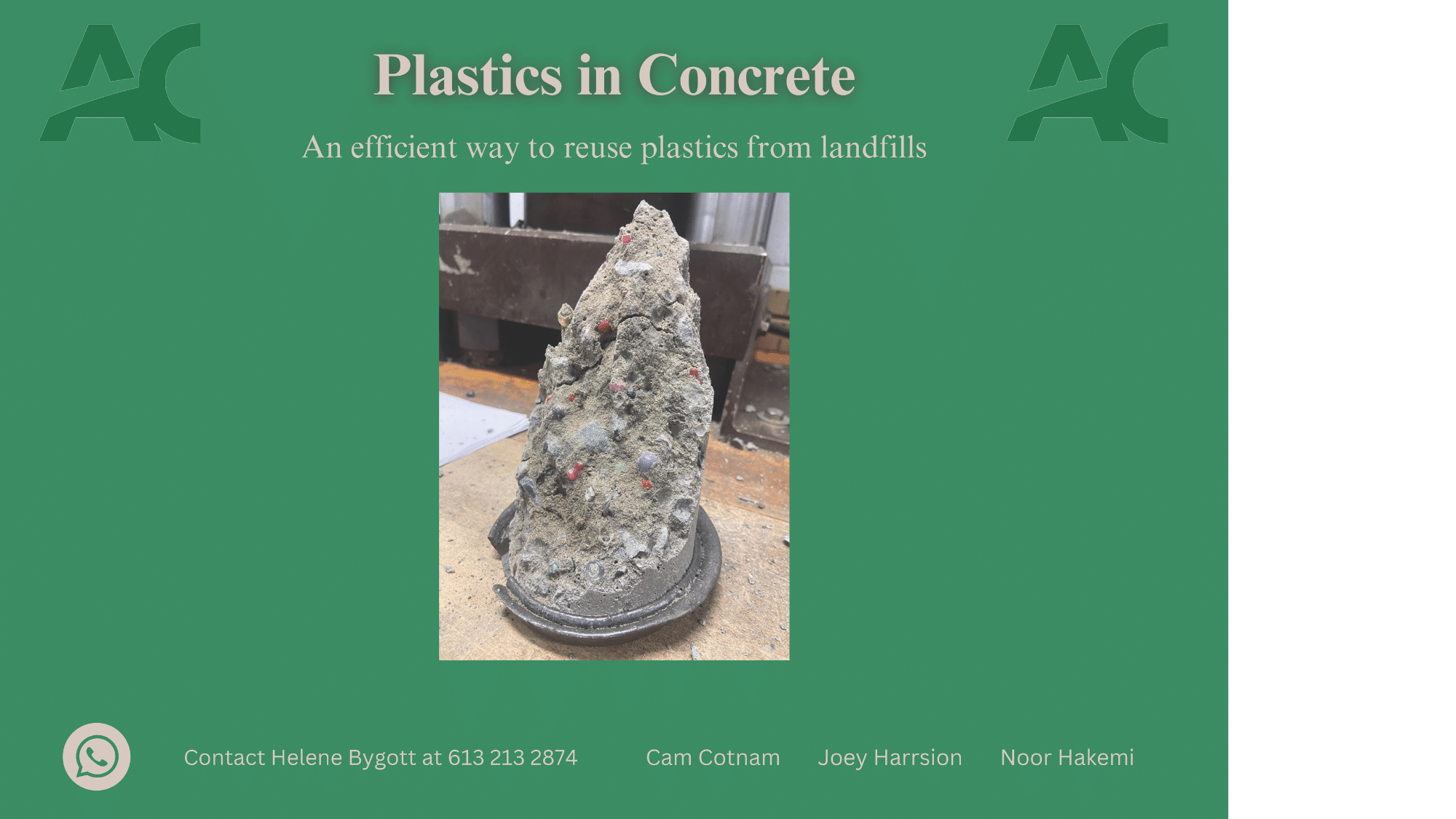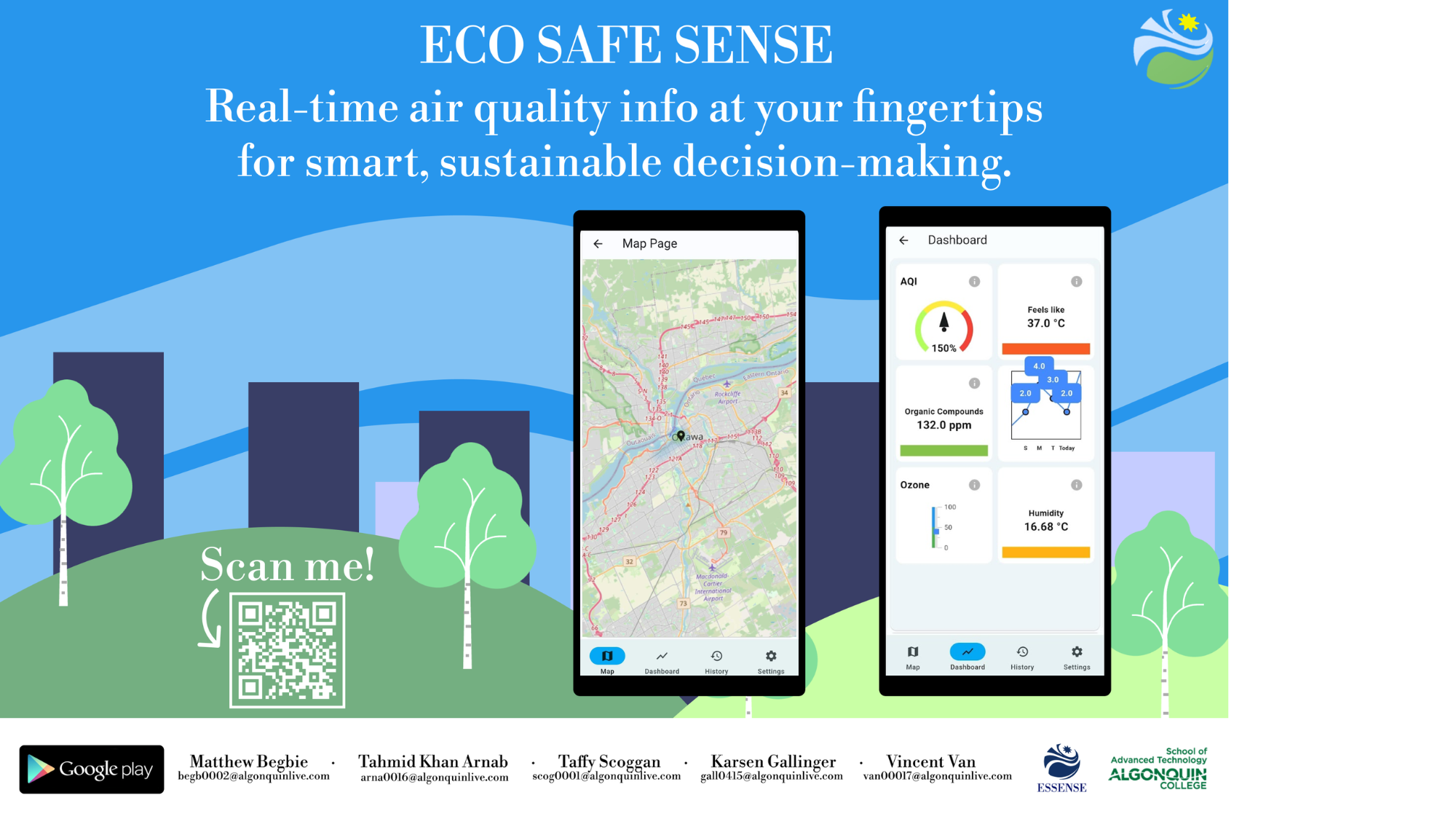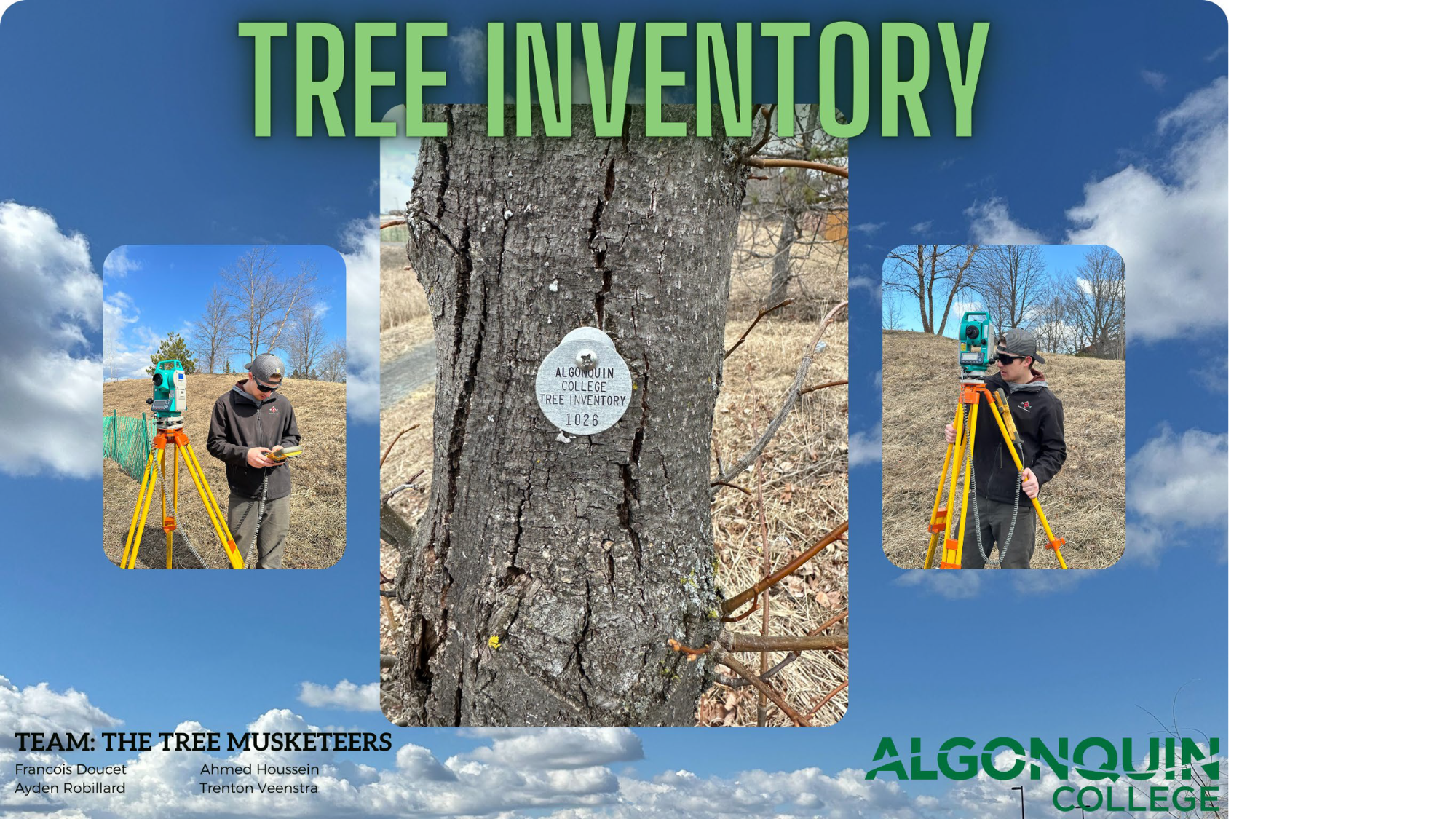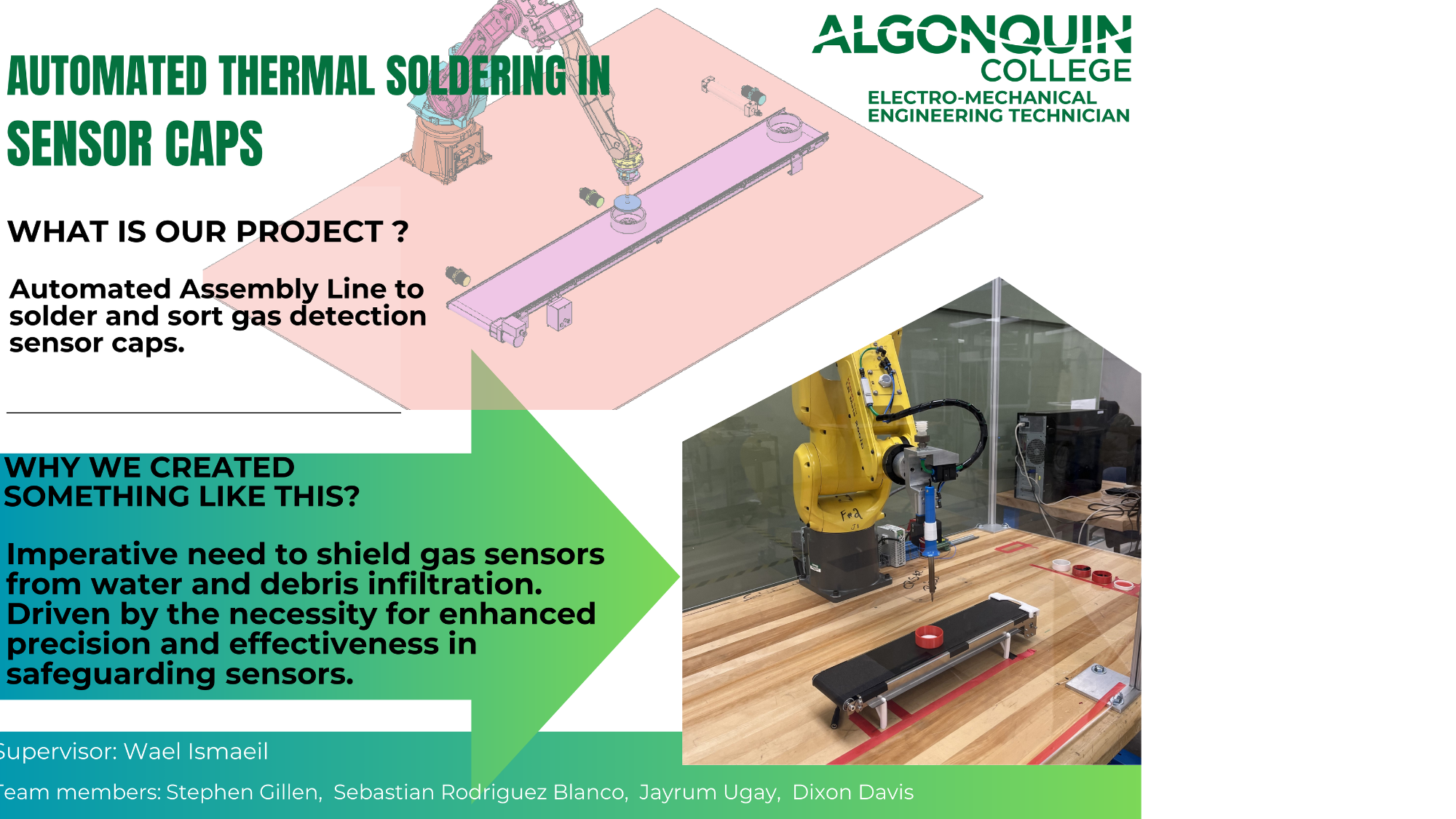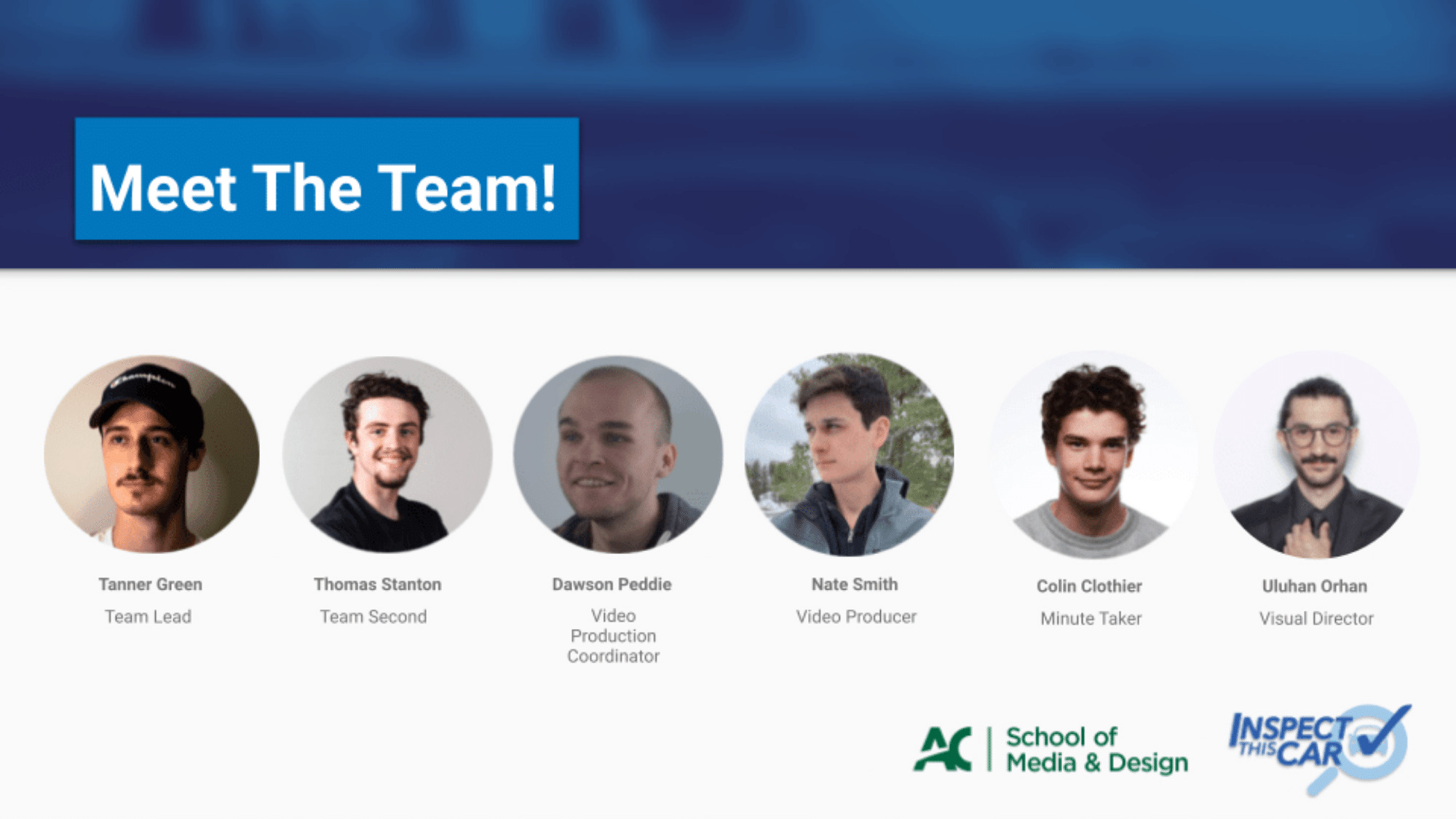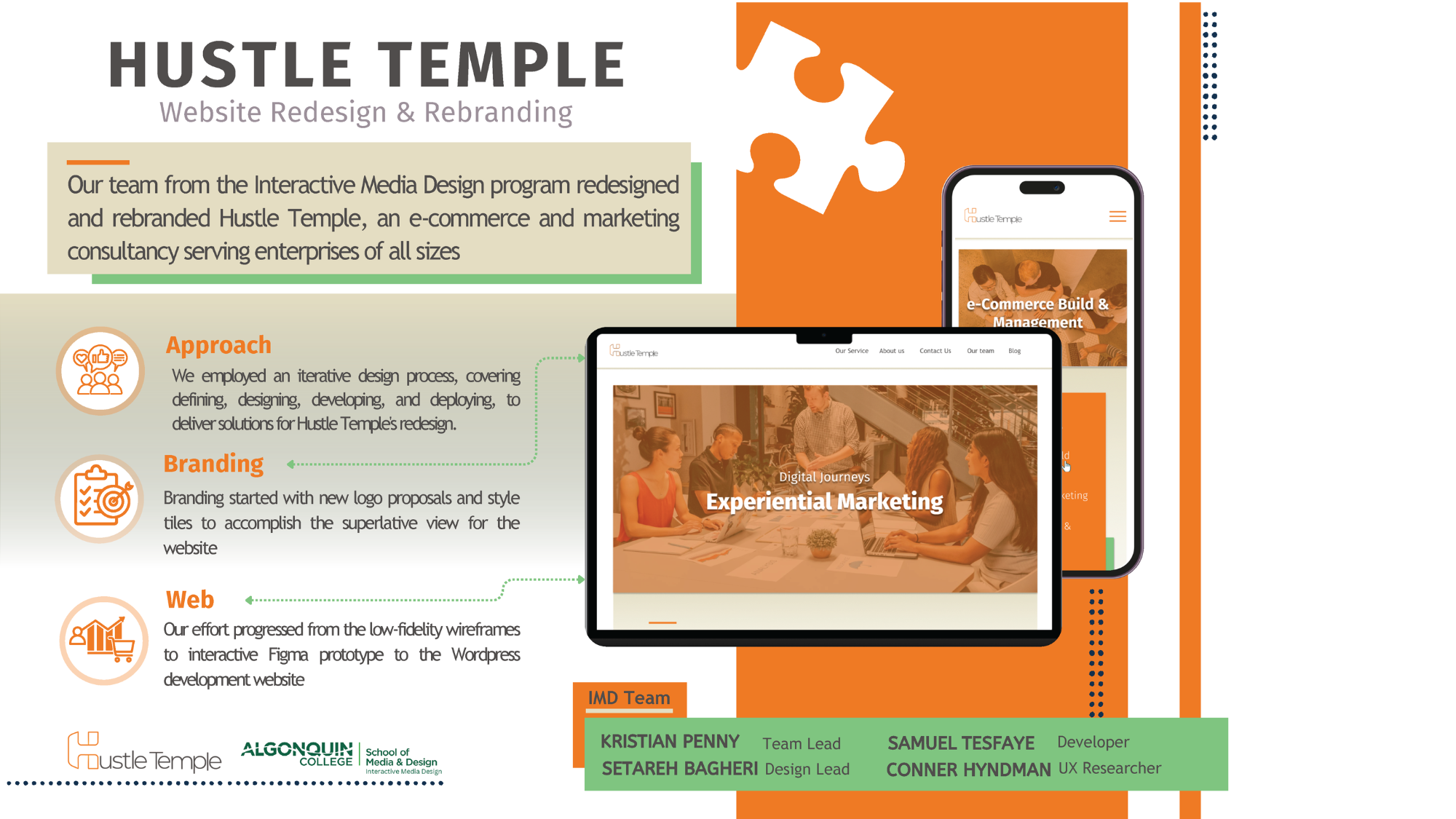
Project Summary:
Our team from the Interactive Media Design program is tasked to website redesign and rebrand for Hustle Temple. Hustle temple operates as a dynamic e-]commerce and marketing consultancy, catering to enterprises across various scales.
| Client | Raphael Ezema | |
| Professor(s) | SuCheng Lee | |
| Program | Interactive Media Design | |
| Student Team Members | Team Lead – Kristian Penny
Team Second – Samuel Tesfaye Minute Taker – Setareh Bagheri UX Researcher – Conner Hyndman |
Project Description:
Hustle Temple operates as a dynamic e-commerce and marketing consultancy, catering to enterprises across various scales. Specializing in comprehensive e-commerce solutions,
we adeptly facilitate the establishment and efficient management of online stores for
businesses of all sizes. Additionally, we excel as brand ambassadors at diverse events and trade shows, leveraging experiential marketing to enhance brand visibility and
Engagement.
Our project team consists of four students from the Interactive Media Design Program at Algonquin College (IMD). Kristian Penny, Team Lead, Samuel Tesfaye, Team Second, Setareh Bagheri, Lead Designer, Minute Taker, and Conner Hyndman, UX Researcher. We worked through this project by these phases: Define, design, develop, deploy to provide solutions to Hustle Temple redesign.
Our team aims to redesign Hustle Temple’s website to create a visually appealing and professional online presence. The outcome of this project will include an attractive redesign of each webpage, a product that will attract their target audiences, between ages 18 and 65, and a mobile-first and user-friendly web experience

